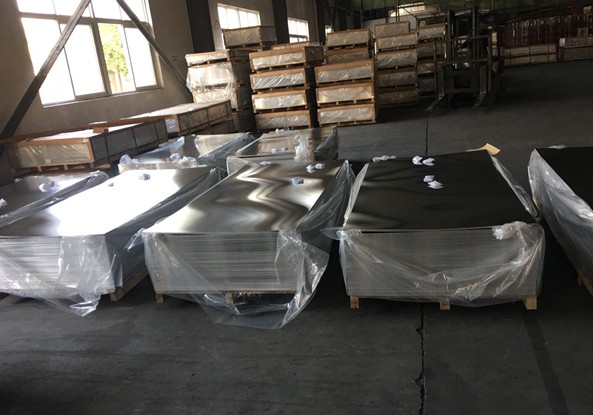Are you in the process of selecting the perfect aluminum alloy for your project and wondering about the differences between 1060 alloy and 6061 aluminum? Both alloys are widely used and appreciated in various industries, yet they possess distinct characteristics that make them suitable for specific applications. Let’s delve into a comprehensive comparison to help you make an informed decision for your project.

1. Composition and Properties:
1060 alloy is a pure aluminum alloy known for its high electrical conductivity, excellent corrosion resistance, and workability. On the other hand, 6061 aluminum is a versatile alloy, a blend of aluminum, magnesium, and silicon, offering good mechanical properties, weldability, and resistance to corrosion.
2. Strength and Applications:
6061 aluminum is stronger compared to 1060 alloy. It finds extensive use in structural components, marine fittings, and industrial applications where its strength and corrosion resistance are crucial. In contrast, 1060 alloy is often utilized in electrical applications, heat sinks, reflectors, and chemical storage due to its exceptional electrical conductivity and corrosion resistance.
3. Formability and Weldability:
While both alloys are highly formable, 1060 alloy stands out in terms of ease of forming and shaping. It can be easily stamped, drawn, spun, or rolled into various shapes and sizes. On the other hand, 6061 aluminum offers good weldability, making it suitable for welding and brazing processes, which are essential in various fabrication tasks.
4. Machinability and Surface Finish:
6061 aluminum has excellent machinability, making it a preferred choice for machining operations such as milling and turning. It provides a smooth surface finish, further enhancing its aesthetic appeal. 1060 alloy, although not as easily machined as 6061, can still achieve a satisfactory finish with the right machining techniques.
5. Cost Considerations:
Due to its simpler composition and manufacturing process, 1060 alloy is more cost-effective compared to 6061 aluminum. This cost advantage makes it an attractive option for projects with budget constraints.
In conclusion, the choice between 1060 alloy and 6061 aluminum ultimately depends on your project’s requirements. If you prioritize electrical conductivity, corrosion resistance, and cost-efficiency, 1060 alloy is an excellent choice. On the other hand, if your project requires higher strength, better machinability, and versatility in applications, 6061 aluminum would be the ideal selection. Understanding the specific needs of your project will guide you towards choosing the perfect aluminum alloy for a successful and efficient outcome. Which characteristics matter most for your application—strength and versatility or conductivity and cost-effectiveness? The answer lies in your project’s unique demands.
